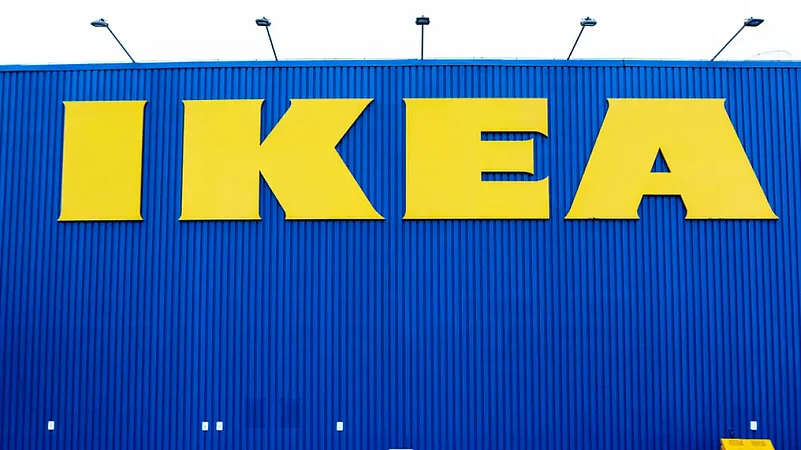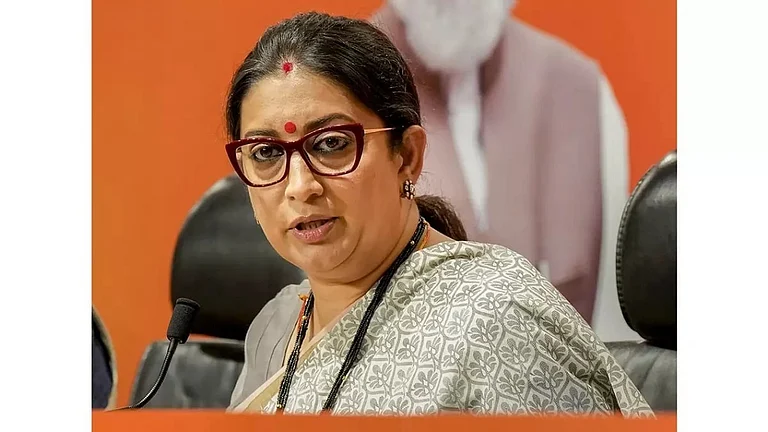Since its entry into India in 2018, Swedish furniture major IKEA has set up five outlets—three in Mumbai, one each in Hyderabad and Bengaluru. This is far removed from its holding company Ingka Group’s plans to open 25 stores across nine Indian cities by 2025. So, why is the company treading a cautious course of action? Speaking with Outlook Business, Susanne Pulverer, IKEA India’s CEO and chief sustainability officer, answers the question, and talks about how the company is looking at increasing its sourcing from India to shore up its margins, its business-to-business (B2B) plans, and more. Edited excerpts from the interview:
According to Tofler, IKEA India’s net loss in FY21 stood at Rs 807.5 crore, up from Rs 720.7 crore the previous year. How are you working on reversing the trend this year?
We are working on becoming more profitable and sustainable because we are here for the long term. Whenever we enter any new market, we invest heavily in big stores. It takes some time before we can reverse these losses.
Is it true that at Rs 566 crore, sales in FY21 grew at a much slower pace than the 64.68% growth the company recorded in the year ended March 2020?
I can not comment on this. Also, I was not the CEO then. However, I can tell you that India is a key market for IKEA. Sales have begun picking up. In the past eight months, we opened three stores, including one big one in Hyderabad and other city stores. So, we are setting a good pace to establish our long-term presence.
In 2013, the Ingka Group planned to invest Rs 10,500 crore in India and open 25 IKEA stores by 2025 in nine cities. By 2022, you opened your fifth outlet in Mumbai’s R City Mall. Is your ambition now tempered with caution?
We opened our fifth outlet in India recently and more are in the pipeline. However, it has taken longer than we initially expected.
We are very optimistic about the Indian market but we realize that we also need to be realistic. Things have changed and so has the environment. We underwent two crises—the pandemic and the war in Ukraine. These caused global inflationary trends which impacted supply chains, consumer buying decisions, and our plans.
We have learnt from these and are adjusting our plans. But we are committed to India.
How are you adjusting your plans?
We will grow year on year by attracting more customers to our stores and (having) expansion plans. We do not want to spread ourselves too thin as we want to create a good customer experience. We are focusing on metros and Tier-I cities like Mumbai, Bengaluru, Hyderabad and our upcoming stores in Delhi. We have learnt to be more flexible and offer what customers like, keeping in mind what is happening in the environment and economy.
Being synonymous with affordability, IKEA slashed prices twice—in 2020 and 2021. How will you keep the prices low when disrupted supply chains have impacted input costs?
Our ambition is to have the lowest prices and we have been successful. No one was unaffected during the last couple of years, including us. We absorbed as much as possible and were forced to make some price adjustments. It was needed to balance our business and gross margins, which were impacted due to the high price of raw materials, production, transportation, logistics, and lending rates.
We are now trying to roll back what we can while staying affordable. We can do this since we have the price and quality ladders. So, we have affordable products in every function and segment and products with slightly higher prices.
We always let our long-term goals guide our business plans. Hence, we know we must maintain this pricing balance with our expansion strategy because reaching more customers will help lower our prices.
How do you manage this affordable pricing strategy with the ongoing supply chain challenges since only 27 per cent of your products are sourced locally?
We hope to increase our local sourcing to 50 per cent soon. Producing locally will help bring down our customs duty, which will help us offer better pricing to our customers. We collaborate very closely with around 65 sourcing partners through IKEA Purchasing & Logistics Area South Asia, which is one of the core businesses of Inter IKEA Group.
What raw material will you increasingly source from India?
Textile has always been at the core of what we exported out of India during the four decades we have been in the country. This is in addition to plastic and metal products.
We also have partners who develop oversized furniture like sofas and mattresses that are more difficult to transport and import. Wood-based furniture is the next step where we need to see how we find the suitable raw material.
How are you tapping India’s B2B sector?
B2B business is something IKEA does globally but the share of this business in India is relatively higher as compared to other countries. The potential for institutional business is tremendous in India as the economy is growing, urbanization is rapid and real estate is booming.
We can see many opportunities for a tie-up with real estate, educational institutions, and hospitality organizations and are already in touch with companies offering co-living spaces, educational institutions, hotels, and hospitals. At the same time, our core business focused on end consumers.
Does dealing with B2B not require a different approach?
We service our business customers differently because it is a more volume-driven business. We are not set up for delivering 200 beds or 1,000 cabinets in a single go. So, it requires us to rethink our supply chain which we are now setting up.
Is there a different product range for B2B clients?
The product range is the same. However, we recommend certain stock keeping units for the B2B segment since the wear and tear there is much higher than in a residential household. So, the quality developed is more inclined to public use, though this is also available to the public.
More prominent furniture players like Godrej Interio are foraying into Tier-II and Tier-III cities, which have a significant presence of unorganized players, while IKEA concentrates on metros.
Will this not limit your growth?
We are trying different formats. We opened in a mall, a first for us in India. We also have our omnichannel in top cities and are running pilot tests in other states, including Maharashtra and Gujarat. Ultimately, we do not just want to open shops, we want to give the right customer experience and service while entering a new market.






























